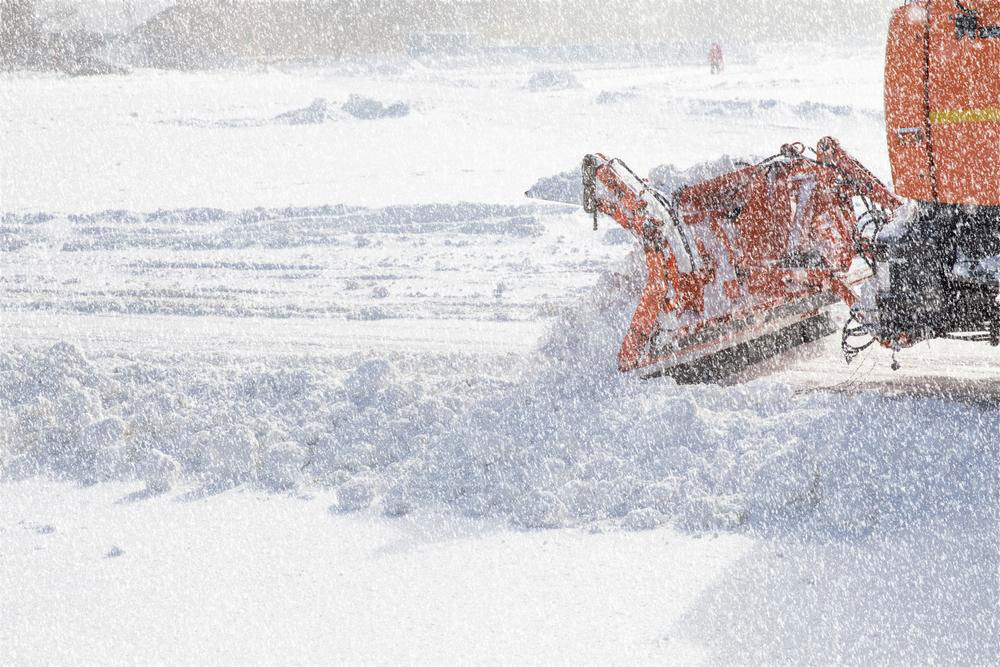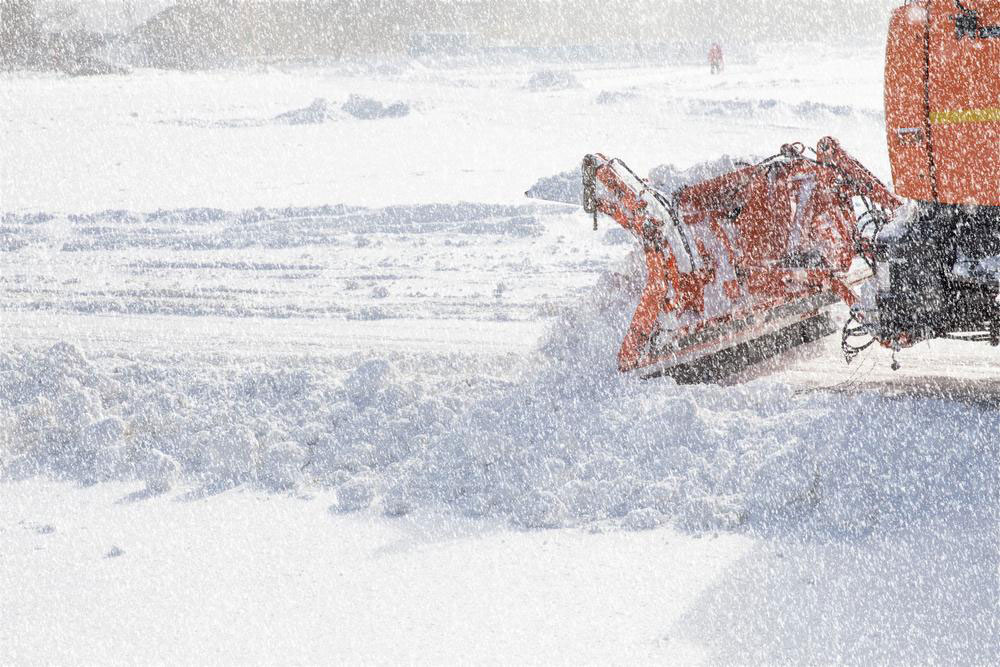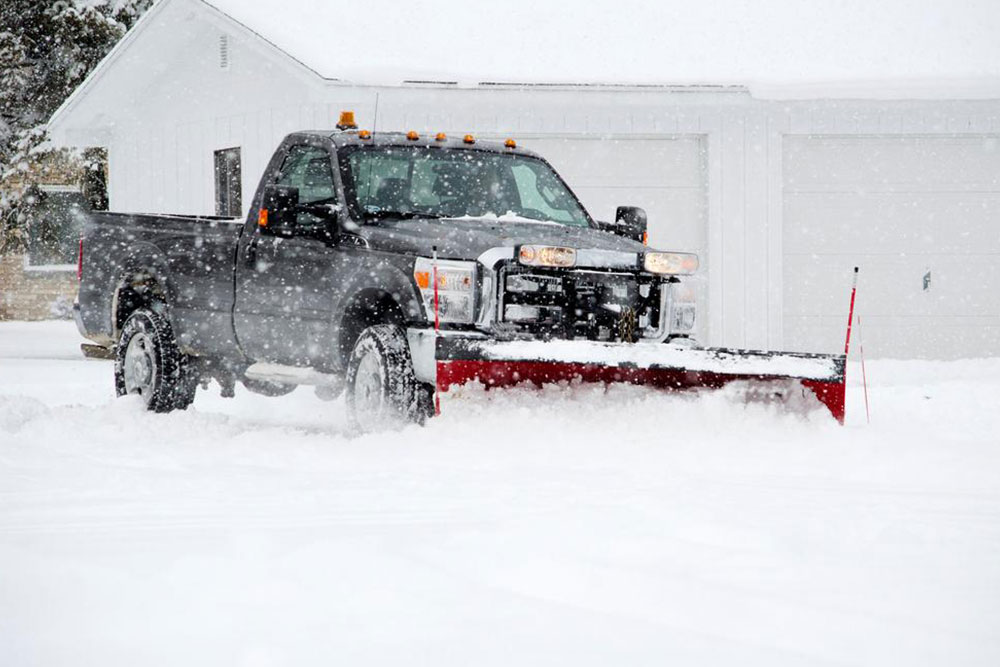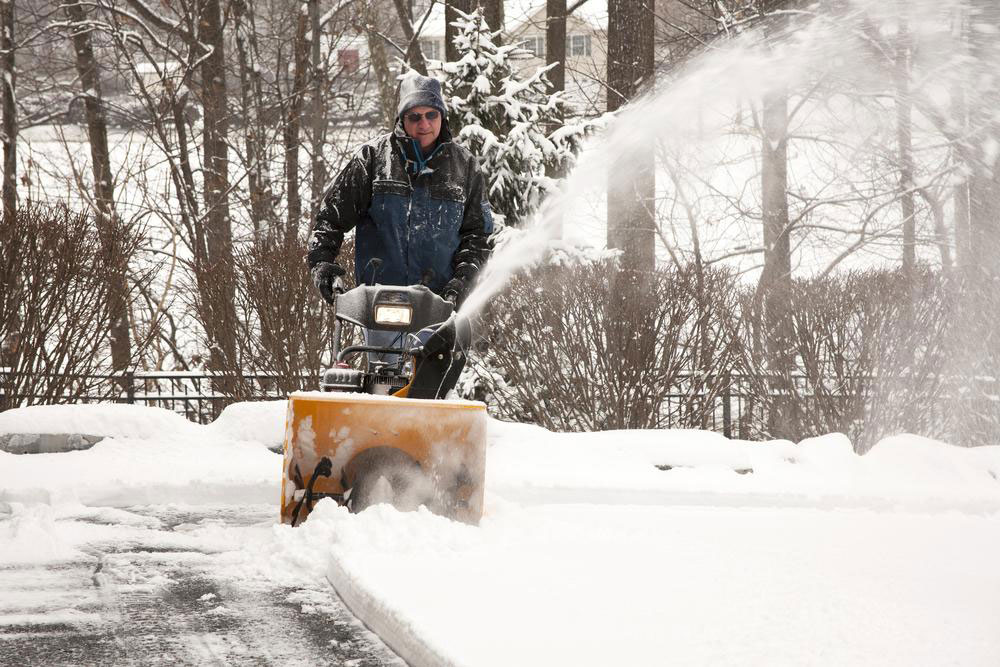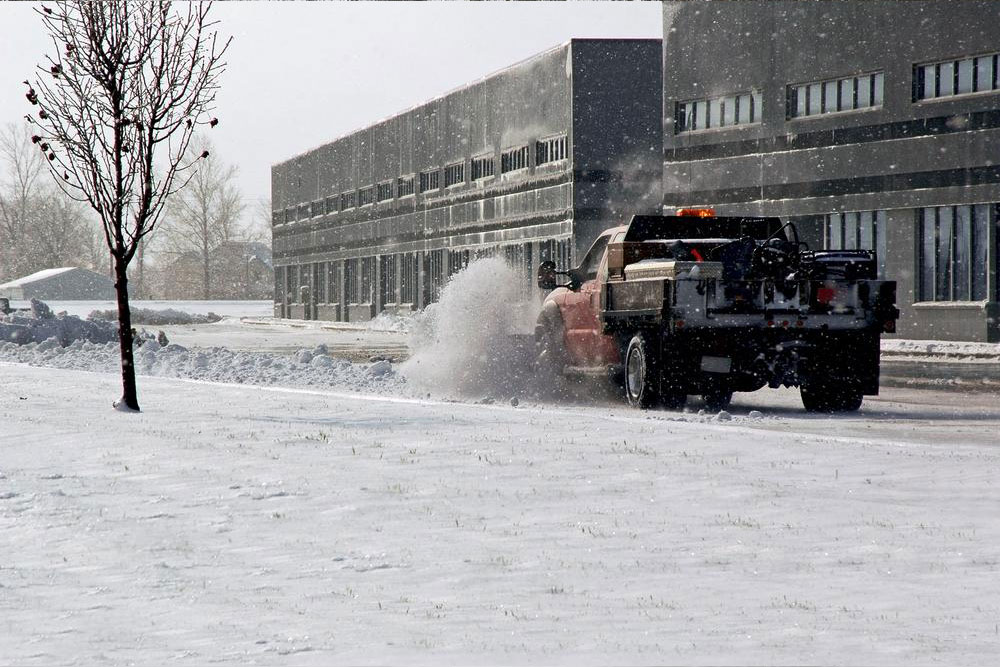Comprehensive Guide to Buying Secondhand Snow Plows for Your Business Success
This detailed guide provides essential tips for purchasing secondhand snow plows, emphasizing thorough inspection and understanding key features to ensure reliability and cost-effectiveness for your business. Perfect for startups and established enterprises looking to optimize winter operations.
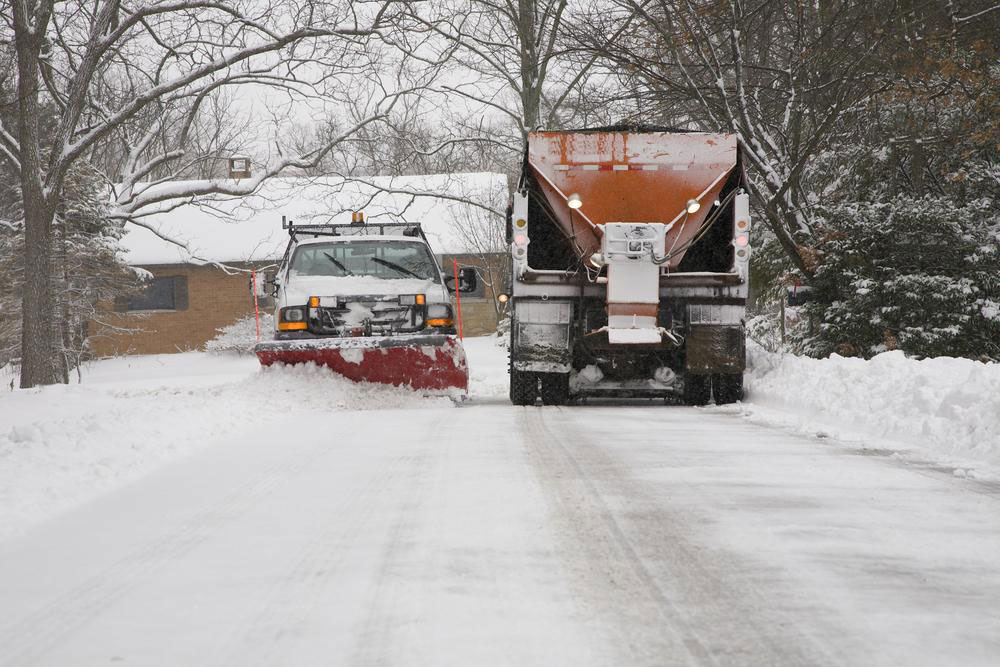
Comprehensive Guide to Buying Secondhand Snow Plows for Your Business Success
Having a dependable snow removal equipment is critical for maintaining safety and accessibility during winter months, especially for businesses and property owners managing large outdoor areas. One of the most essential tools in this regard is the snow plow. When selecting a snow plow, it is important to understand the different mounting styles, features, and the benefits of purchasing used equipment. This guide aims to walk you through the key considerations, inspection tips, and purchasing strategies for secondhand snow plows, ensuring you make informed decisions that lead to long-term efficiency and cost savings.
Snow plows primarily come in two mounting configurations: rear-mounted and front-mounted. Each has its advantages depending on your specific operational requirements. Rear-mounted snow plows are typically attached to trucks and are ideal for larger-scale operations, while front-mounted models are generally used for medium to heavy-duty tasks and are installed directly on the vehicle's front. Understanding the differences will help you select the right model suited for your business needs.
If you're starting a snow removal service or expanding your existing fleet, you might want to consider beginning with a smaller pickup truck paired with an economical snow plow. Choosing the right size and type of plow for your truck can optimize efficiency and improve job performance. The market provides a variety of budget-friendly options suitable for commercial use, including models designed specifically for pickup trucks. These options enable new businesses to operate effectively without a significant upfront investment.
Another advantageous approach is to purchase used snow plows along with trucks. This strategy significantly reduces capital expenditure and allows entrepreneurs to test the waters before committing to more expensive, brand-new equipment. Buying used gear can be especially beneficial if you're establishing a new enterprise or have budget constraints. As your business grows and revenue stabilizes, you can replace or upgrade to new models that offer enhanced features and durability.
Opting for used snow plows allows you to minimize upfront costs while still acquiring reliable equipment. This approach is particularly appealing for startups and small businesses eager to establish themselves in winter service markets. However, the key to making the most of secondhand purchases is thorough inspection and understanding the condition of the equipment. Proper evaluation can prevent costly repairs and ensure your investment yields long-term benefits.
When considering a secondhand snow plow, detailed inspection is vital as wear and tear are common concerns. Carefully examine critical components to assess overall condition and operational integrity.
Blade (Moldboard)
The blade is the core component responsible for pushing snow. Inspect it meticulously for rust, cracks, bends, dents, or previous repairs. Damage or excessive wear here can compromise performance and result in costly replacements. Consider the maintenance history of the blade and evaluate whether replacement or repair is needed. If replacement is necessary, factor in the costs for a new blade or sheet metal parts, which may vary based on the model.
Motor
The snow plow's motor powers its operation, including lifting and angling the blade. Ensuring the motor is functional is crucial; a faulty motor can lead to significant downtime and repair expenses. If the motor has trouble starting or operates intermittently, it's advisable to renegotiate or seek a replacement to avoid future operational issues.
Hydraulic System
Modern snow plows heavily rely on hydraulic systems to control blade movement and lifting mechanisms. Check hydraulic cylinders, hoses, and connections for leaks, corrosion, or damage. Rebuilding or replacing hydraulic components is usually more cost-effective than replacing the entire system and can extend the lifespan of your equipment.
Wiring and Electrical Components
Inspect wiring harnesses for signs of fraying, corrosion, or damage. Confirm that electrical connections are compatible with your truck's system. Proper wiring ensures reliable operation of lights, controls, and other electrical features. Upgrading wiring or connectors might be necessary if compatibility or condition issues are identified.
Additional features to verify include the cutting edge, headlights, lift frame, quadrant, and mounting hardware. The mounting system, in particular, must be compatible with your truck's specifications to facilitate easy attachment and removal.
Ensuring that these components are in good condition and compatible with your vehicle will help prevent unexpected breakdowns and costly repairs, ultimately contributing to smoother winter operations.
By following these comprehensive inspection tips and understanding the key features, you can confidently select a used snow plow that offers durability, performance, and excellent value for your business. Investing wisely in secondhand equipment can provide a competitive advantage, allowing your enterprise to operate efficiently during the busiest months of the year.
